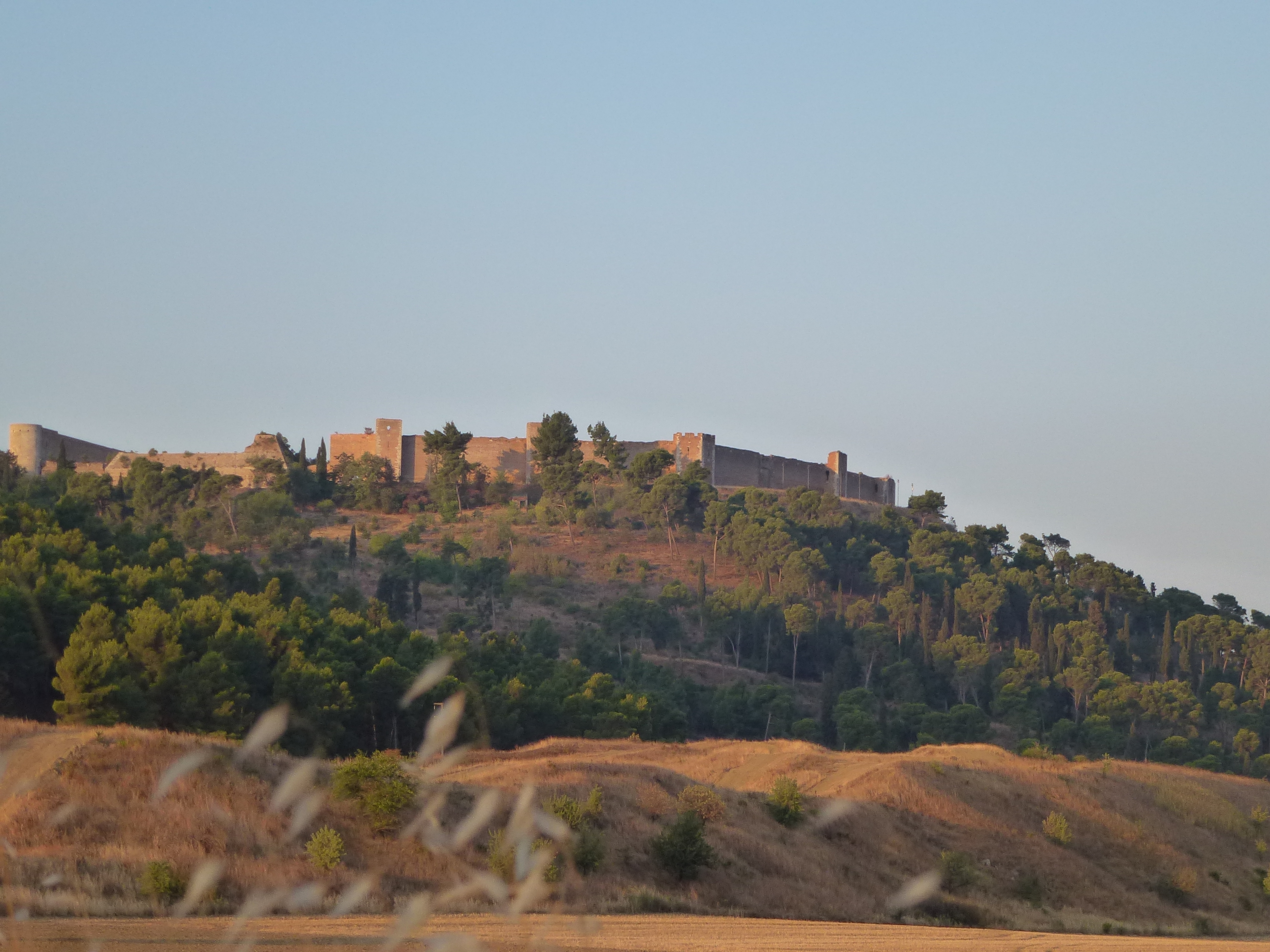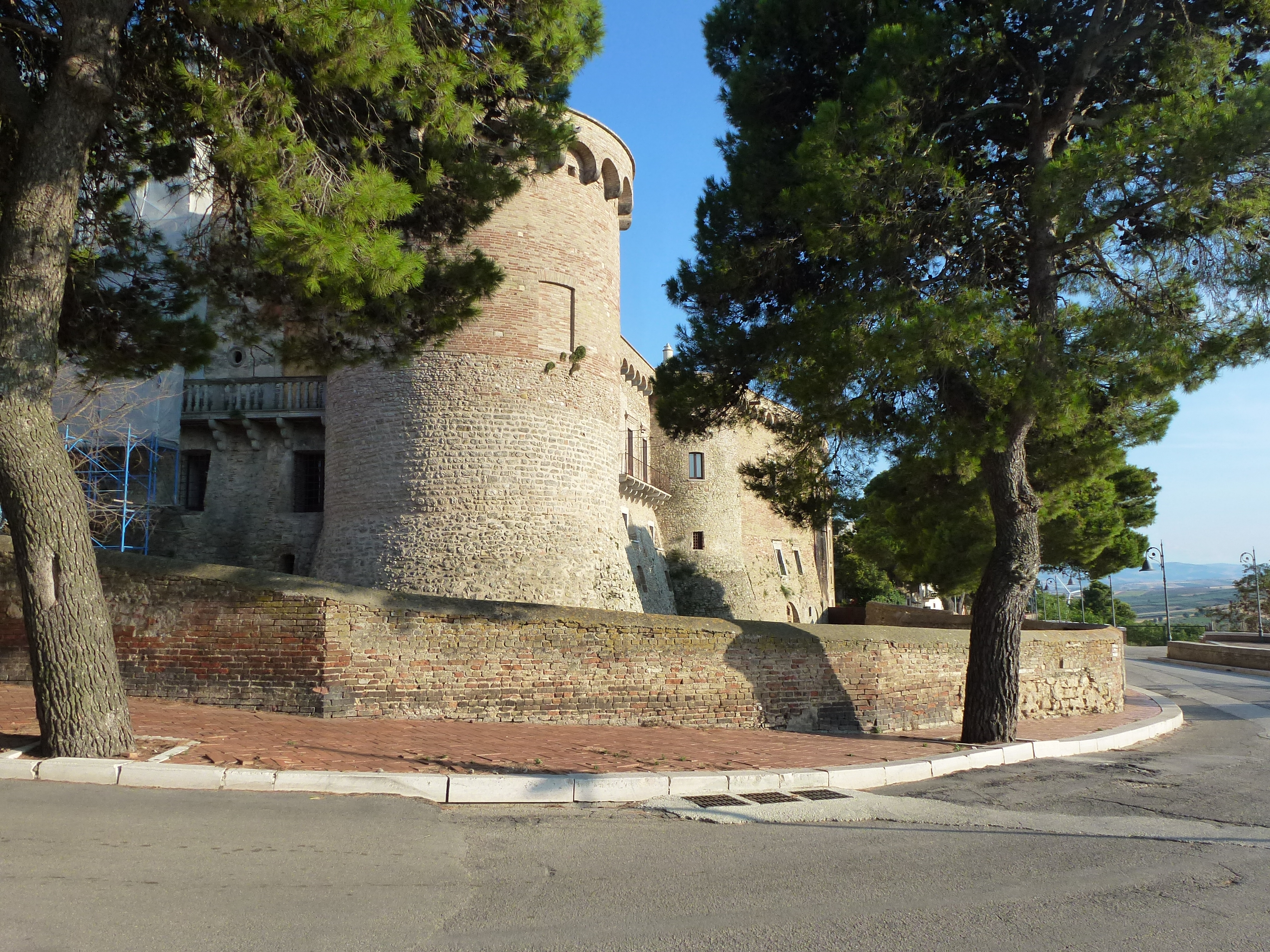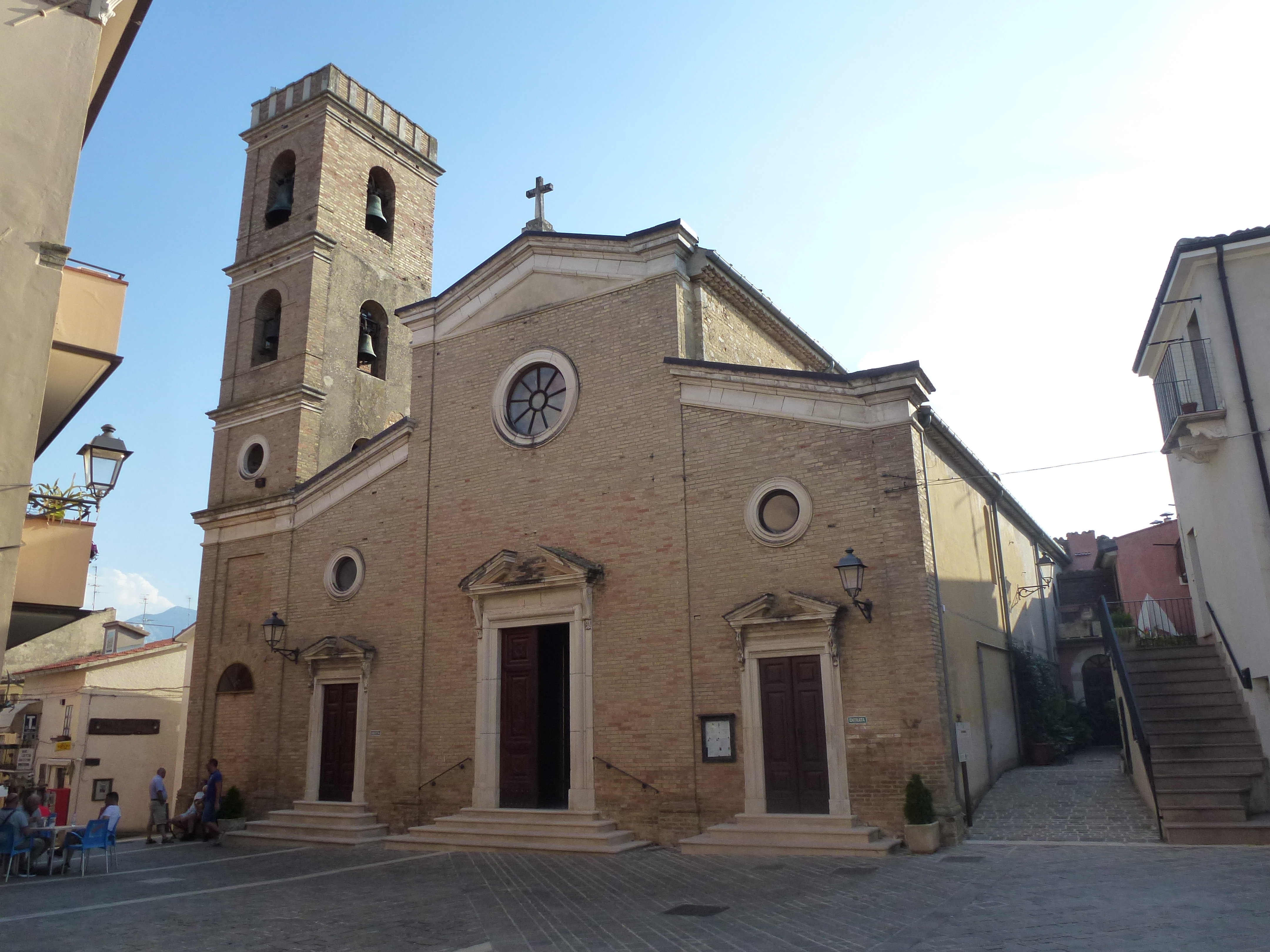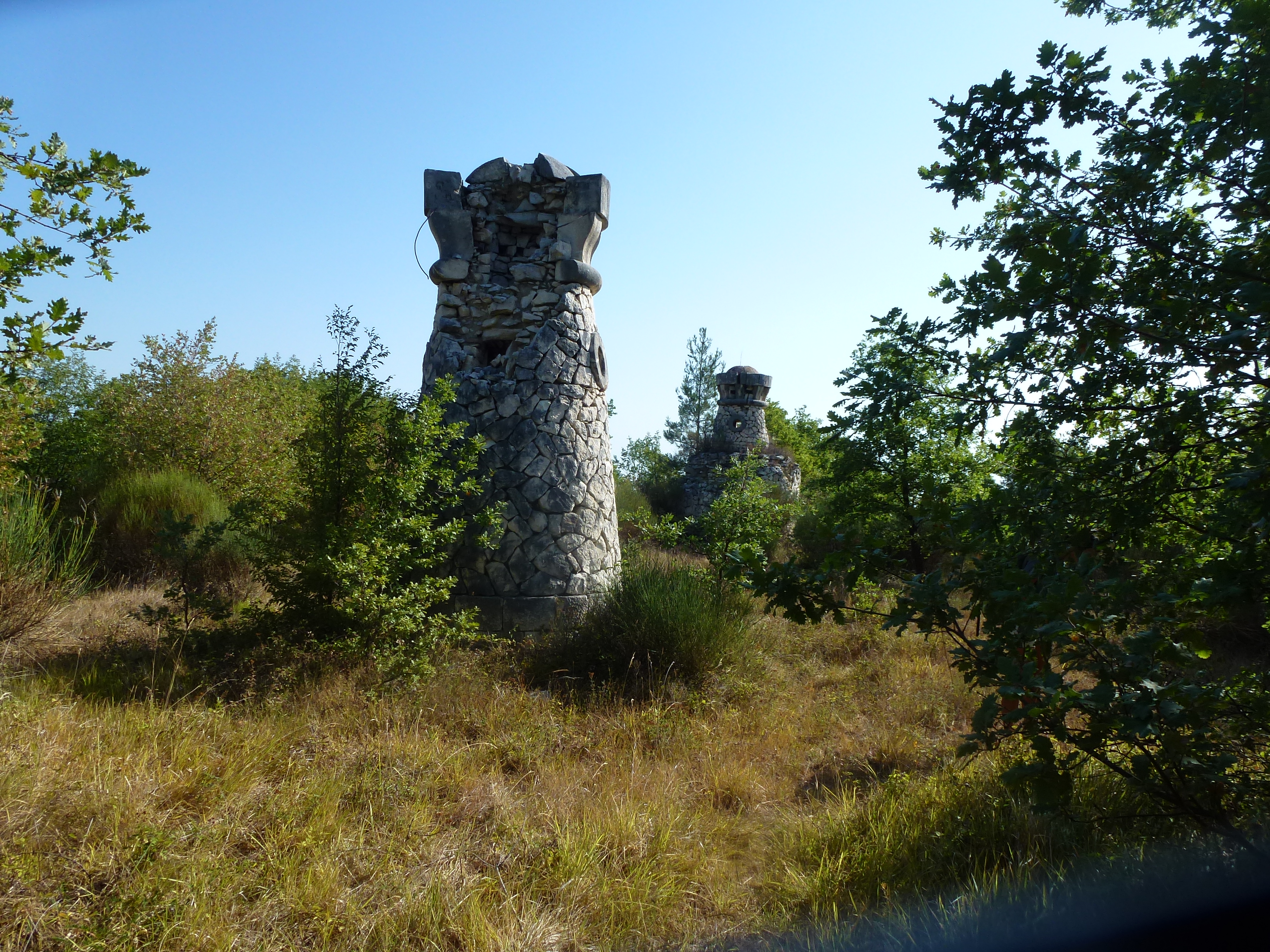
In various pages of the website, I have continued to emphasize that I did not intend to traverse the Tratturo L'Aquila - Foggia, as much of it, especially in the section near the Adriatic Sea, is now covered by asphalt roads or concrete buildings. Nevertheless, the allure of the long crossing from L’Aquila to Foggia has always been strong, so eventually, I decided to take on the challenge, devising a route that utilized the Tratturo Centurelle - Montesecco.
The new aspects compared to the past were several, starting with the direction of travel: this time, I began in Puglia and headed towards Abruzzo, thus emulating the return of the shepherds. Secondly, the route involved various tratturi, so as to have stages of suitable length and meet accommodation needs.
The first segment was theoretically supposed to connect Foggia directly with San Severo. However, as it is entirely covered by SS16, and with no adjacent dirt roads, it is no longer passable.

Alternatively, the segment could have been covered using the dirt road that runs alongside an irrigation canal and somewhat connects the two locations. Unfortunately, this would have created a stage of approximately 38 km, which would not be feasible on foot given the anticipated heat. To bypass the problem, it was decided to split the stage into two parts: the first, from Foggia to Lucera, utilizing the last stretch of the Tratturo Celano - Foggia. From Lucera, we then reached San Severo by using the secondary tratturo branch Pozzo delle Capre - Fiume Triolo. From there, we took the Tratturo Magno, which was followed until Serracapriola, and then abandoned in favor of the Tratturo Centurelle - Montesecco, which was followed in its entirety until reaching the Church of Madonna dei Centurelli, from which it takes its name. At this location, the Centurelle - Montesecco reconnects with the Tratturo Magno, which we followed to reach L’Aquila. In the schematic map above, the thicker lines highlight the planned route.
In practice, I probably did exactly what the shepherds of old did, using the tratturi like normal roads and switching from one to another as needed. The tratturo network is indeed very complex, and the five major tratturi were only part of it: among tratturi, tratturelli, and branches, there were about a hundred connections, some of which still exist.
Unfortunately, the Tratturo Centurelle - Montesecco was the first to be abandoned, to the point that by the early 1900s, many sections were no longer mentioned on maps: it was often used to build roads or the land was sold to private individuals. As a result, the remaining recognizable sections are few.
To avoid paved roads and find places to stay, we were forced to deviate from the original route many times, so by the end, the journey turned out to be over 300 km long, while under ideal conditions, it would have been around 230 km (sigh!).
Another novelty of this trek following the path of the Abruzzese shepherds is that it was not undertaken alone this time, but in the company of two fearless "shepherdesses" (Silvia and Elena) who tested the route with me.
The result was an itinerary that, up to San Salvo, was also suitable for cycling: the critical points to overcome were fewer compared to those encountered in other journeys, and in the downloadable tracks, these were bypassed with alternative routes.





















